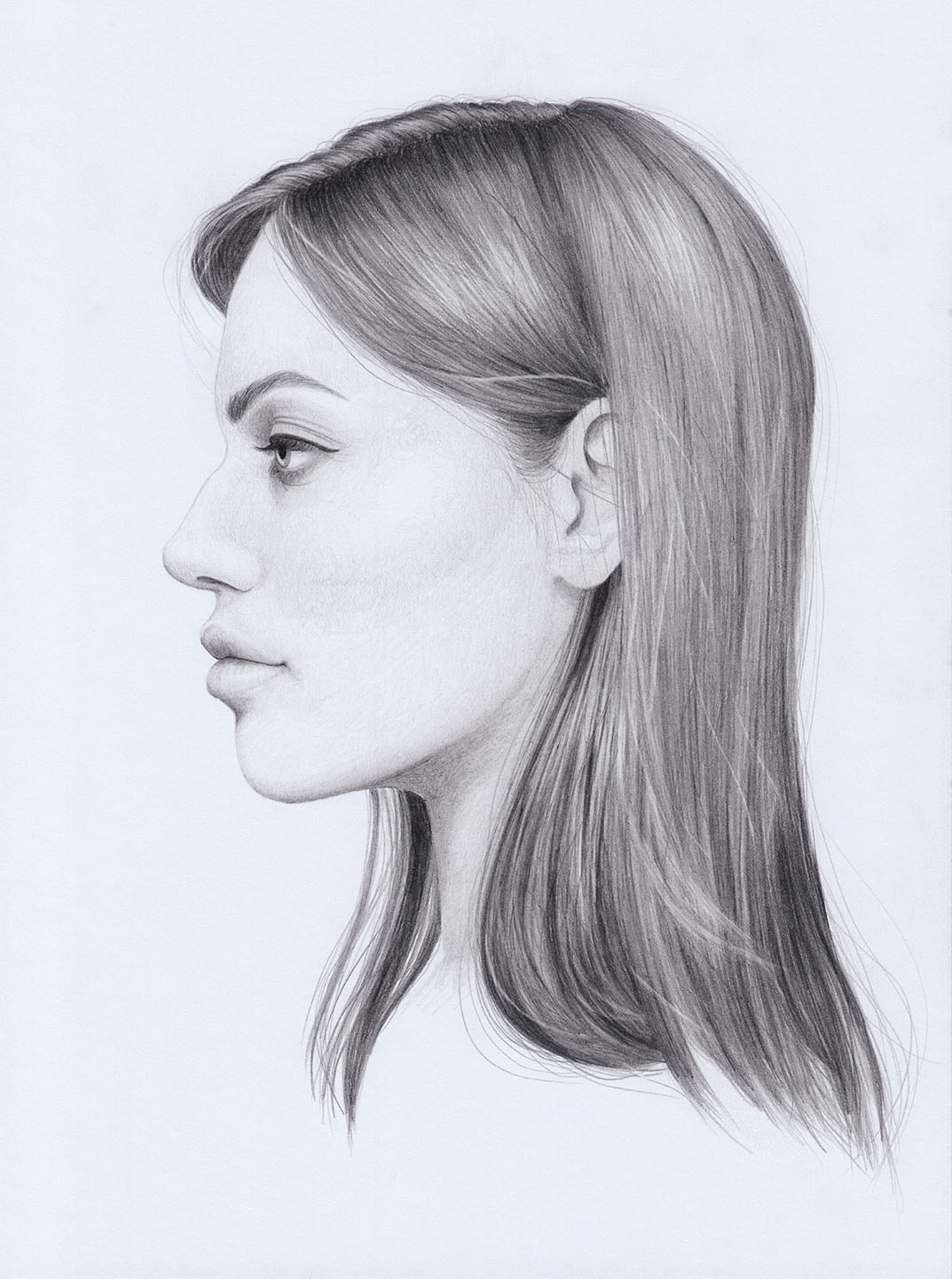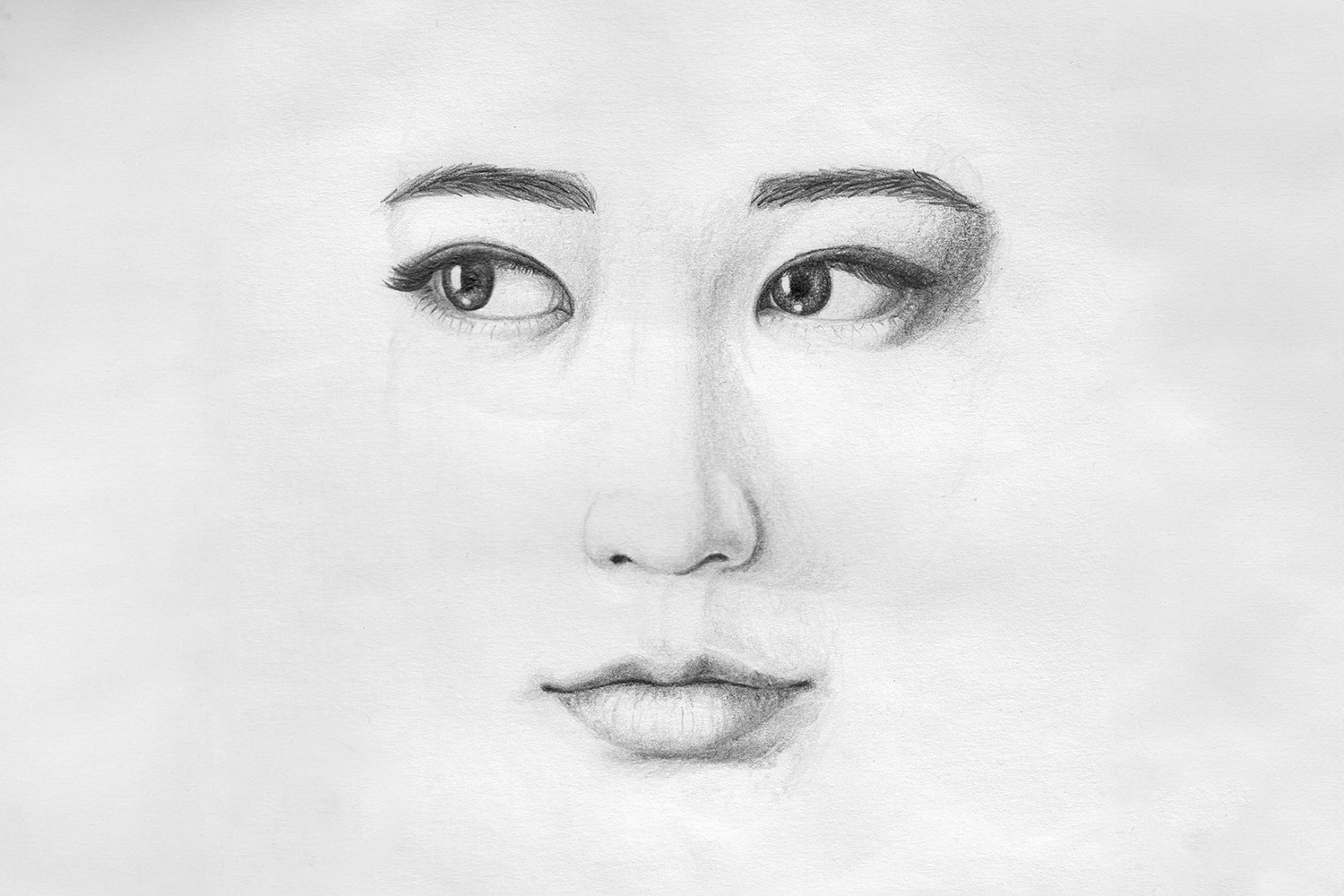Drawing styles are a captivating aspect of artistic expression, offering artists avenues to showcase their creativity and personality in unique ways. It’s crucial to grasp that drawing styles aren’t rigid constructs; there’s an infinite variety, reflecting the boundless diversity of artistic expression. However, we can endeavor to categorize similar styles to enhance our understanding.
Developing Your Unique Style
The quest to find your own drawing style is an exciting journey where you discover your individual artistic voice. It requires experimentation, practice, and the willingness to try out different styles, which can be quite challenging. However, once you’ve achieved it, it’s an extremely fulfilling feeling!
By exploring different drawing styles, you can draw inspiration from other artists and learn new techniques. At the same time, it’s important to realize that your drawing style should be unique to you and not necessarily exactly like others’. Ultimately, it’s about being authentic and enjoying the expression of your creative vision.

You don’t have to stick to one drawing style; you can switch between different styles. This allows you to further develop your skills and make your artistic expression more versatile. Perhaps you’ll discover that you prefer a particular drawing style for certain moods or feel more inclined towards a different style on some days.
Examples of Different Drawing Styles
To engage with different drawing styles, one must first have a rough idea of what drawing styles actually exist. Each style has its own characteristics and expressions, shaped by the artist’s personal aesthetics and preferences.
Below, we’ll explore some examples of different drawing styles and take a closer look at their characteristic features.
Sketching as a Drawing Style
Sketching as a drawing style is one of the most basic and spontaneous forms of artistic expression. It is characterized by a quick, loose depiction where the main features of the subject are captured. Typically, each of our drawings or paintings starts with a sketch, but it can also be considered as a standalone art form.
Sketches are often marked by looseness and dynamism. The artist uses short, quick strokes or lines to capture the shapes and contours of the subject. Details are often reduced to focus on the essentials, creating a certain imperfection and spontaneity that define the charm and energy of the sketch.
The line work of this drawing style can vary. Depending on preference, lines can be precise and thin or broad and organic.
Realistic Drawing Style
The realistic drawing style aims to depict subjects as accurately and lifelike as possible. Artists who employ this style emphasize accuracy and precision regarding proportions, shapes, light, and shadow. Their goal is to achieve a stunning resemblance to the real object or person.
Executing a realistic drawing style requires keen observation. Artists study the intricacies of the subject to accurately represent the right shapes, textures, and details.
To develop a realistic drawing style, it requires patience, practice, and a thorough understanding of the fundamentals of drawing. It’s essential to proceed step by step and master techniques of shading, perspective, and proportions.
Limited Color Palettes as a Drawing Style
Another interesting approach in drawing styles is the use of limited color palettes as a standalone style. Instead of using an unlimited number of colors, artists consciously decide to use only a limited selection of colors or a specific color palette in their artworks. This restriction can become a signature of an artist.
Choosing a specific color palette can have various reasons. Some artists prefer to restrict themselves to a limited number of colors to reduce complexity and direct the focus on other aspects of the artwork, such as shapes, lines, or composition. Other artists use specific color palettes to achieve a certain emotional effect or create a unified visual language in their work.
Using a limited color palette often requires careful selection and planning. Artists must coordinate the colors carefully to ensure they harmonize well and convey the desired atmosphere and mood. They can employ various techniques, such as playing with contrasts, grading color shades, or placing accents strategically.
If an artist chooses to use a limited color palette, it doesn’t mean they’re confined to it in their entire artistic practice. It can also be a temporary decision to achieve a specific effect or realize a particular project. The choice of a limited color palette ultimately remains a personal decision of the artist.
Cartoon as a Drawing Style
Cartoon as a drawing style is a fascinating form of artistic expression, which unfortunately is sometimes dismissed as “low art” and thus significantly underestimated. It’s often assumed that cartoon drawings are entirely free-form, but really good cartoon drawings entail a lot of knowledge about anatomy. Talented cartoon artists must first learn the anatomical rules before they can break them.
A good cartoon artist understands human anatomy and masters the basics of drawing figures. They know how to represent proportions correctly, capture human movements, and bring expressions on faces to life. It requires practice and knowledge to capture the characteristic features of different characters and depict them in dynamic poses. Besides characters, scenes, and spaces also play a vital role in cartoons, where significant expertise in perspective and spatial perception comes into play.
Cartoon as a drawing style enables storytelling visually. By combining images, texts, and speech bubbles, emotions, dialogues, and actions can be brought to life. Cartoon artists must not only be able to create visually appealing drawings but also possess narrative skills to tell a compelling story.
It’s essential to recognize that cartoon as a drawing style encompasses a variety of styles and approaches. From humorous cartoons to dark graphic novels, there’s an enormous range of possibilities to visually represent stories. Every cartoon artist can develop their own unique style that reflects their artistic vision and storytelling style.
Manga as a Drawing Style
Manga as a drawing style is also often underestimated, especially outside Japan. It’s a specific type of comics or graphic novels originating from Japan. Mangas are created not only for children or teenagers but encompass a wide range of genres and can target different age groups.
A distinctive feature of the manga style is the often relatively large eyes and small noses of the characters. This feature is intended to enhance emotions and expressions and allows readers to better empathize with the characters. By enlarging the eyes, various emotions such as joy, sadness, or surprise can be depicted more intensely. The small noses serve to focus attention on the eyes and facial expressions.
Although manga is often considered as a standalone drawing style, it can also be combined or varied with other styles. Many artists develop their own unique manga style over time, reflecting their artistic vision and preferences.
Manga has had a large international following for a long time and is not limited to Japan. Many mangas are translated into English and other languages to reach a broader audience.
Line Drawing as a Drawing Style
In line drawing, the main features of the subject are represented by precise and controlled lines. Artists use different types of lines to define shapes, structures, and details. From thin, delicate lines to bold, striking lines, the line work can vary depending on the desired effect. Unlike other styles, line drawing deliberately avoids shading to focus on clear outlines and the expressive power of lines.
Line drawing requires practice and mastery of line drawing techniques. It’s essential to develop control over the lines and achieve precise handling of the drawing tool. Through repeated drawing and experimentation, artists can develop their own unique style that reflects their personality and artistic vision.
By exploring various drawing styles, artists can expand their artistic horizons and discover new ways to express themselves visually.
